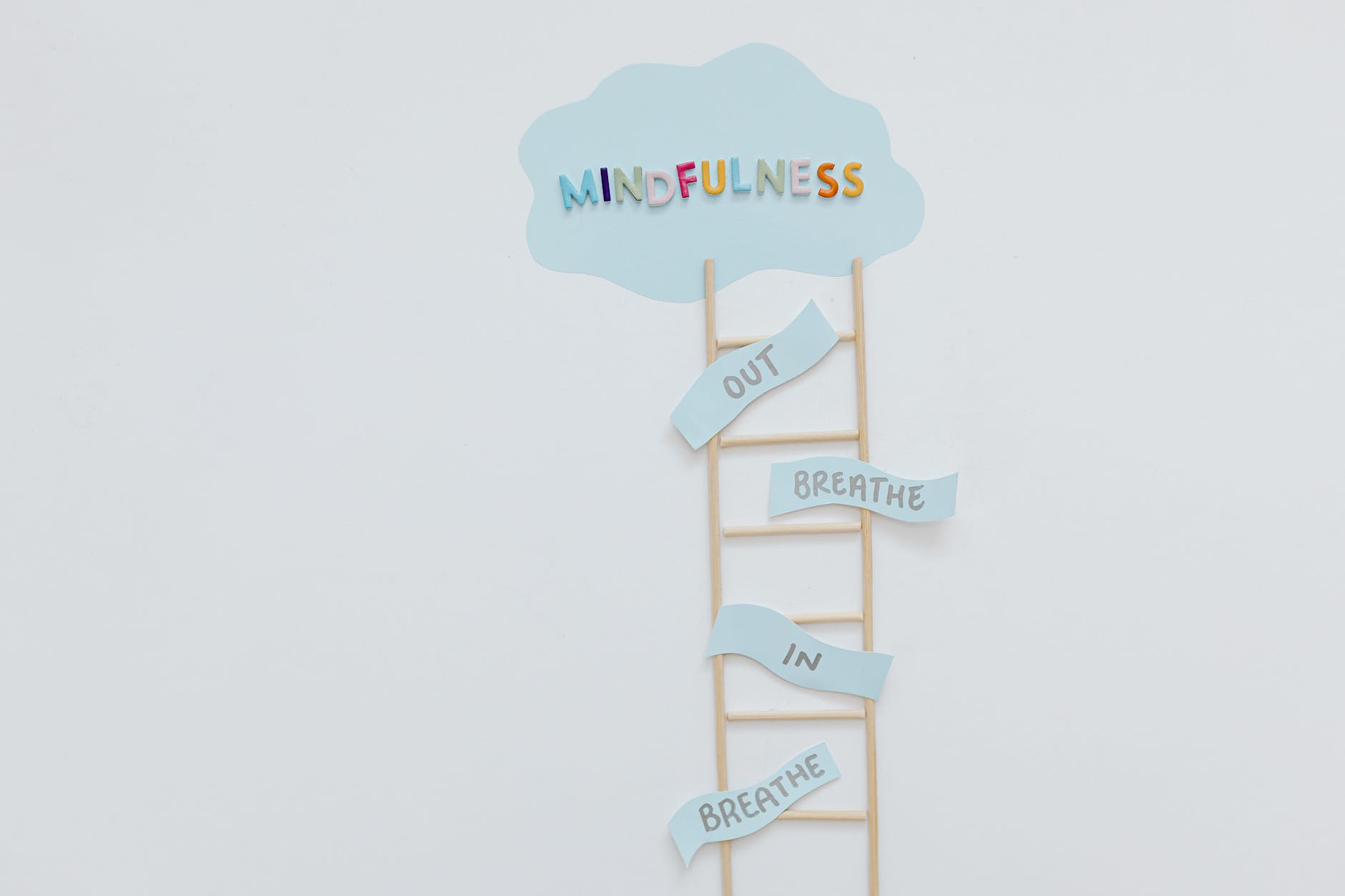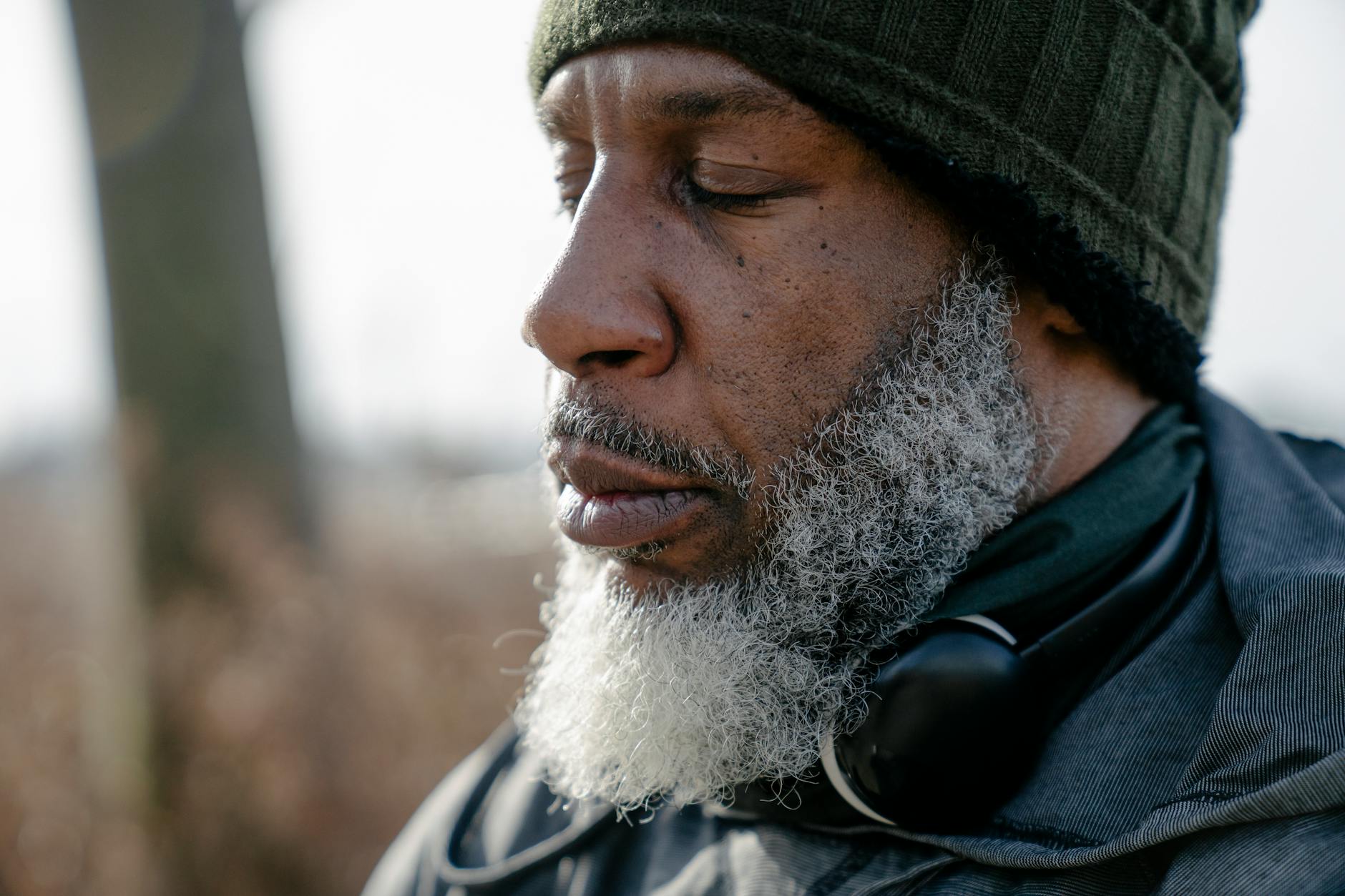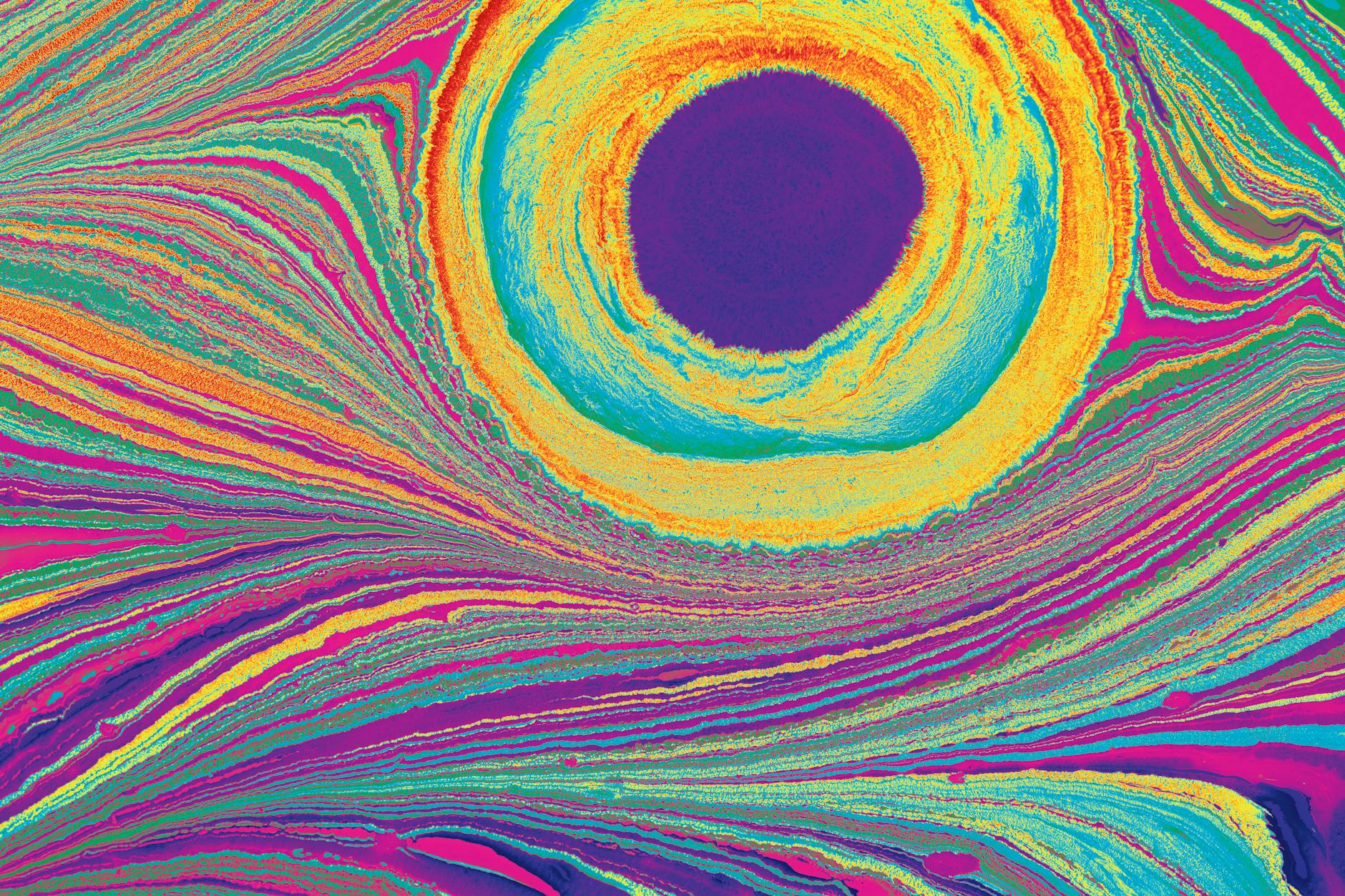Art therapy has, for many decades, held a significant role in the field of mental health, offering therapeutic benefits that promote healing and self-discovery. The practice serves as an outlet for creative expression, giving individuals a powerful non-verbal language to communicate their thoughts, feelings, and experiences. It is particularly useful for individuals dealing with trauma, as it enables them to represent and process traumatic events in a safe and controlled manner.
Recently, an emerging trend has begun to bridge the gap between alternative medicine and therapeutic methodologies — the use of psychedelics, such as psilocybin mushrooms and LSD, in conjunction with traditional art therapy.
Psychedelic substances have long been associated with enhanced creativity and expanded consciousness. As tools for psychological exploration, they can alter perceptual boundaries, open up new ways of thinking, and unlock deeper layers of the psyche. When used responsibly and under professional supervision, they can contribute significantly to personal growth and self-understanding, making them potentially useful additions to the therapeutic toolbox.
Historically, many cultures have revered psychedelics for their spiritual and healing properties. In recent decades, however, research has been mounting to support their clinical legitimacy. Studies have linked psychedelic use to improvements in mental health disorders like PTSD, depression, anxiety, and addiction, reinforcing the idea that these substances, in the right contexts, can provide substantial benefits.
With regard to art therapy, psychedelics can enhance the process of creative expression, yielding vivid, dynamic, and often symbolic artwork that captures the essence of a person’s unique psychedelic journey. This form of expression not only enhances mindfulness and self-awareness but also provides tangible evidence of the psychological exploration taken during the experience. This, in turn, allows both therapist and client to gain further insights into the individual’s mental state, beliefs, fears, and desires.
Moreover, several artists have testified to the influence psychedelics have had on their creativity and self-expression. An entire subculture of psychedelic art has blossomed, with artists using hallucinogenic substances to inspire their workflows and artistic creations. Noteworthy artists such as Alex Grey attribute their vibrant, intricate artistry to experiences with psychedelics.
The integration of psychedelics into art therapy is still in its infancy, and further research is required to understand all its implications fully. However, there is growing evidence to suggest that responsible psychedelic use can foster creativity and introspection and enhance the efficacy of art therapy. From this perspective, psychedelics might just offer a new horizon in transformative healing practices, enabling individuals to confront their traumas, express themselves in novel ways, and embark on journeys of self-discovery more profound than ever before.
Legal and ethical concerns surrounding the use of psychedelics are important considerations that need to be acknowledged and addressed. As such, ongoing discussions between therapists, legislators, researchers, and society at large are essential to finding common ground and safe, responsible practitioners’ guidelines.
While the integration of psychedelics into art therapy invites further scrutiny and careful exploration, it represents a promising convergence of traditional therapy and alternative medicine — a paradigm shift that may completely reshape our conception of therapeutic intervention and pave the way towards more holistic healing approaches.
In conclusion, the use of psychedelics in art therapy is an emergent field that may offer innovative methods to enhance therapeutic effectiveness and promote mental health. As we continue to push the frontiers of knowledge and explore the potential healing powers of these substances, we may uncover more about the complex interplay between consciousness, creative expression, and therapeutic practice.
Sources:
– “Effects of psychedelic substances on measures of mindfulness, acceptance, and experiential avoidance in a non-clinical sample” published by the U.S. National Library of Medicine
– “How psychedelic art is fueling a mental health revolution” published by The Guardian
– “The therapeutic potential of psychedelic drugs: past, present, and future” published by ResearchGate.






